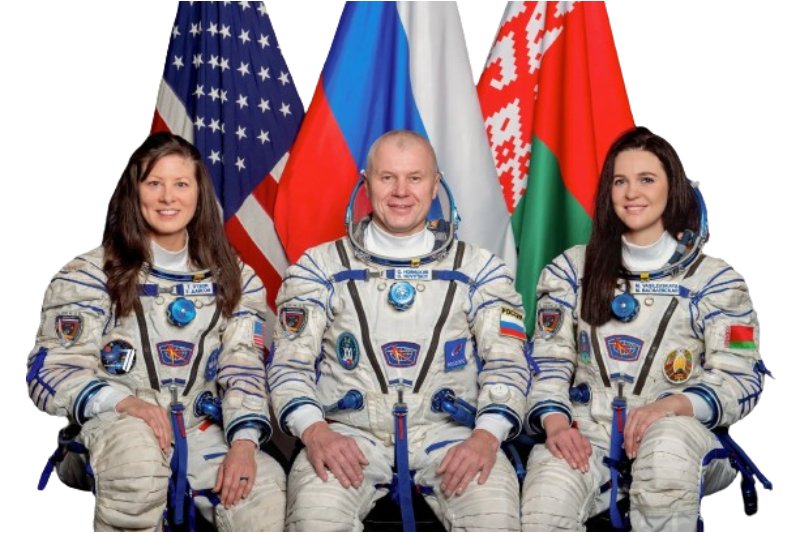NASA To Broadcast Crew Launch; Two Will Join Expedition 70

To support Expedition 70 aboard the International Space Station, three crew members will launch on Thursday, March 21. Complete coverage of the launch and crew’s arrival at the microgravity laboratory will be provided by NASA.
Launching on the Roscosmos Soyuz MS-25 spacecraft from the Baikonur Cosmodrome in Kazakhstan at 9:21 a.m. EDT (6:21 p.m. Baikonur time) is NASA astronaut Tracy C. Dyson, Roscosmos cosmonaut Oleg Novitskiy, and spaceflight participant Marina Vasilevskaya of Belarus.
On NASA+, NASA Television, the NASA app, YouTube, and the agency website, launch coverage will start at 8:20 a.m. Discover how to watch NASA TV live on many platforms, such as social media.
On a two-orbit, three-hour trajectory, Dyson, Novitskiy, and Vasilevskaya will arrive at the station, docking at 12:39 p.m. to the Prichal module.
The new crew members will shortly be able to interact with NASA astronauts Loral O’Hara, Matthew Dominick, Mike Barratt, and Jeanette Epps as well as Roscosmos cosmonauts Oleg Kononenko, Nikolai Chub, and Alexander Grebenkin who are currently residing and working aboard the space station through hatches that separate the station from the Soyuz.
The following is NASA’s coverage of the mission (all times are Eastern and could alter depending on operations in real time):
Thursday, March 21:
- 8:20 a.m. – Launch coverage begins
- 9:21 a.m. – Launch
- 11:30 a.m. – Rendezvous and docking coverage begins
- 12:39 p.m. – Docking
- 2:50 p.m. – Hatch opening and welcome remarks coverage begins
As a flight engineer for Expeditions 70 and 71, Dyson will be on board the station for six months. He will return to Earth in September together with Oleg Kononenko and Nikolai Chub from Roscosmos, who will conclude their year-long stay in the laboratory.
Novitskiy and Vasilevskaya will spend a total of twelve days at the station. On Tuesday, April 2, they will transport O’Hara home in Soyuz MS-24, which will make a parachute-assisted landing on the Kazakhstani steppe. When O’Hara returns, she will have been in space for 200 days.
Dyson’s spaceflight will be his third; Novitskiy’s fourth; and Vasilevskaya’s first.